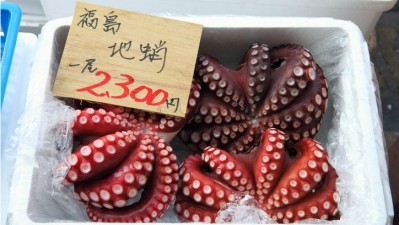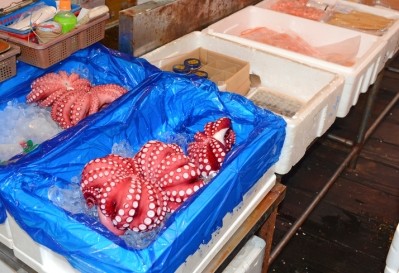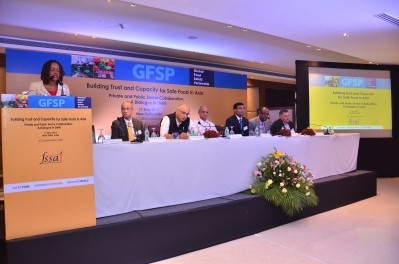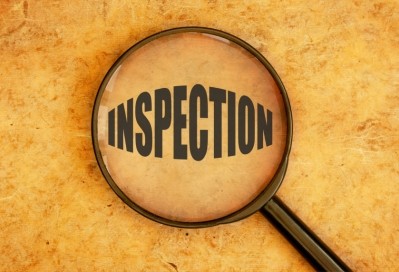Food safety in Asia: 5 issues to consider
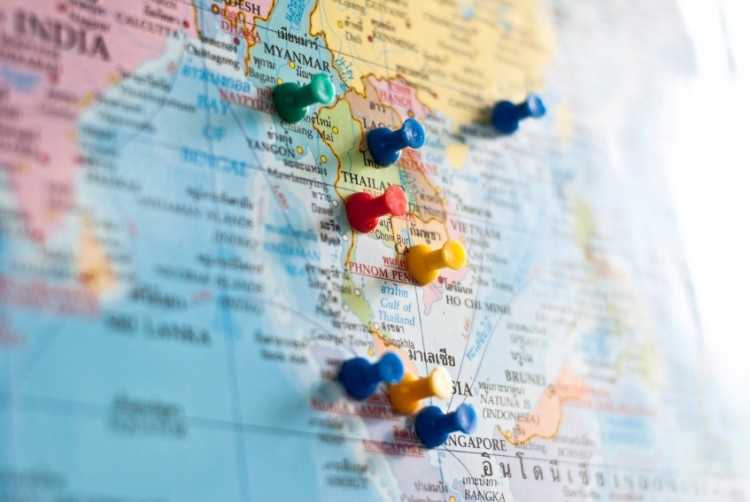
It highlighted the ease with which melamine could contaminate a food product relied upon by millions of people. Transcending food safety, it became a critical issue of public health and led to a restructuring of China’s dairy industry.
The melamine scandal catalyzed a robust response throughout Asia. Much-needed improvements in food safety legislation and quality controls have since been implemented in many nations.
However, subsequent years have also witnessed a diversity of food safety scares, ranging from bird flu to plasticized rice and expired meat products in burgers to neurotoxins in shellfish.
Vigilant consumers
As a result, Asian consumers are highly vigilant about the provenance and quality of foods they consume. Ensuring the necessary testing protocols and safeguards are in place across the value chain presents challenges for food companies, especially as demand grows for healthy products and market competition intensifies.
Based on experience working in the relevant industries in Asia, here are five key issues to consider:
1) Food safety in Asia is complex
Producing safe and sustainable food for half the world’s population is an immense task. Many countries in Asia have been slow to develop sufficient international standard laboratory testing facilities. The percentage of foods tested across Asia remains low, but investment is being channeled to improve both the volume and quality of food safety testing and the requisite knowledge and expertise.
Demographic and geographic complexities often overlap. Most South East Asian countries have high population densities and much of the arable land is already under cultivation. Urbanization combined with constructive expansion is resulting in air, soil and water pollution. Religious and cultural considerations, such as halal food certification, are a challenge in some nations.
The tropical climate must be considered when storing and transporting fresh food products and ingredients, while natural disasters can be a factor. The 2011 tsunami in Japan disabled the Fukushima nuclear plant sparking radiation fears across a vast area and resulting in international restrictions of Japanese seafood, meat, dairy, fruit and vegetable exports.
2) Different sectors face unique challenges
Identifying the key challenges for each business in each market is essential. For example, research in Asia by Fleishman Hillard revealed the largest proportion of food scandals in 2016 featured the dairy industry, followed by confectionery and seafood – and the majority involved contamination or a product recall.
In Vietnam, where the use of pesticides and antimicrobials is high, a range of biological, chemical and physical hazards have been found in foodstuffs. In China – which recorded 500,000 food-related incidents in the first nine months of 2016 – the most serious issues ranged from false advertising to counterfeit ingredients and contaminated products.
Sales and marketing also presents a challenge, particularly as Asia embraces e-commerce. Some countries, notably China, now require marketplace websites offering fresh food and beverages to ensure all companies trading on their platforms are appropriately registered and licensed.
3) Evolving frameworks add extra complexity
Throughout Asia, governments – often in partnership with global entities, such as the World Bank and World Health Organization – have drafted new food safety laws and regulatory frameworks. More stringent regulations are supported by tighter import controls and monitoring and enforcement procedures, both at provincial and national levels, to ensure food producers endangering public health are punished.
Despite the greater legal clarity regarding food safety, coordination between government departments and agencies can often be time-consuming and confusing. As is all the national, regional and international standards relating to food processing, import and export, transport, packaging and labelling.
For example, Vietnam’s 2011 Food Safety Law introduced 54 regulations, ranging from microbiological, heavy metal and mycotoxin contamination to food additive specifications and food contact materials.
4) A rigorous approach to supply chain risk management is needed
Food contamination or poisoning scares don’t just raise consumer concerns, they endanger public health. They also create damaging headlines and provoke disaffection across social media. The potential damage to a company or brand’s reputation and revenues can be irreversible.
Across Asia, stricter laws and enforcement place the responsibility for food safety management directly on food and beverage companies. Producers and exporters must identify and eliminate risks throughout the production chain – from farm to fork. In addition to import and export, transport, storage, packaging and labelling, food producers must manage primary and secondary ingredient suppliers to ensure that raw materials are safe and of high quality.
5) Partnering to understand local perspective
The diverse complexities of producing and exporting food and beverage products into Asian markets highlight the value of a partner that understands the shifting operational environments and legal frameworks from a local perspective.
DKSH partner Cambodia Import-Export Inspection launched its first mobile measuring and testing lab to combat illegal food production and raise consumer awareness of food safety issues.
Working with private and public sector partners DKSH has developed sample preparation, physical and chemical analysis and water treatment tools to ensure brands meet the food safety quality, authenticity and adulteration requirements in each market.
We also help ensure the consistency of incoming ingredients, streamline quality control, reduce process downtime and improve manufacturing processes, productivity and yields.
- Hanno Elbraechter has been member of group management of DKSH and head of Business Unit Technology since September 2014. Elbraechter oversees 1,370 specialists in 18 countries across Asia. Before joining DKSH, he spent more than ten years at Deckel Maho Gildemeister (DMG). In his last position, he was CEO Asia of DMG.

